Asus ROG Zephyrus Max-Q Gaming Laptop Review
Why you can trust Tom's Hardware
Price Analysis & Conclusion
We envision laptop manufacturers approaching Max-Q in two different ways: designing thin-and-light gaming notebooks like Asus did with its ROG Zephyrus, or creating traditionally-sized gaming laptops without as many performance and power limitations.
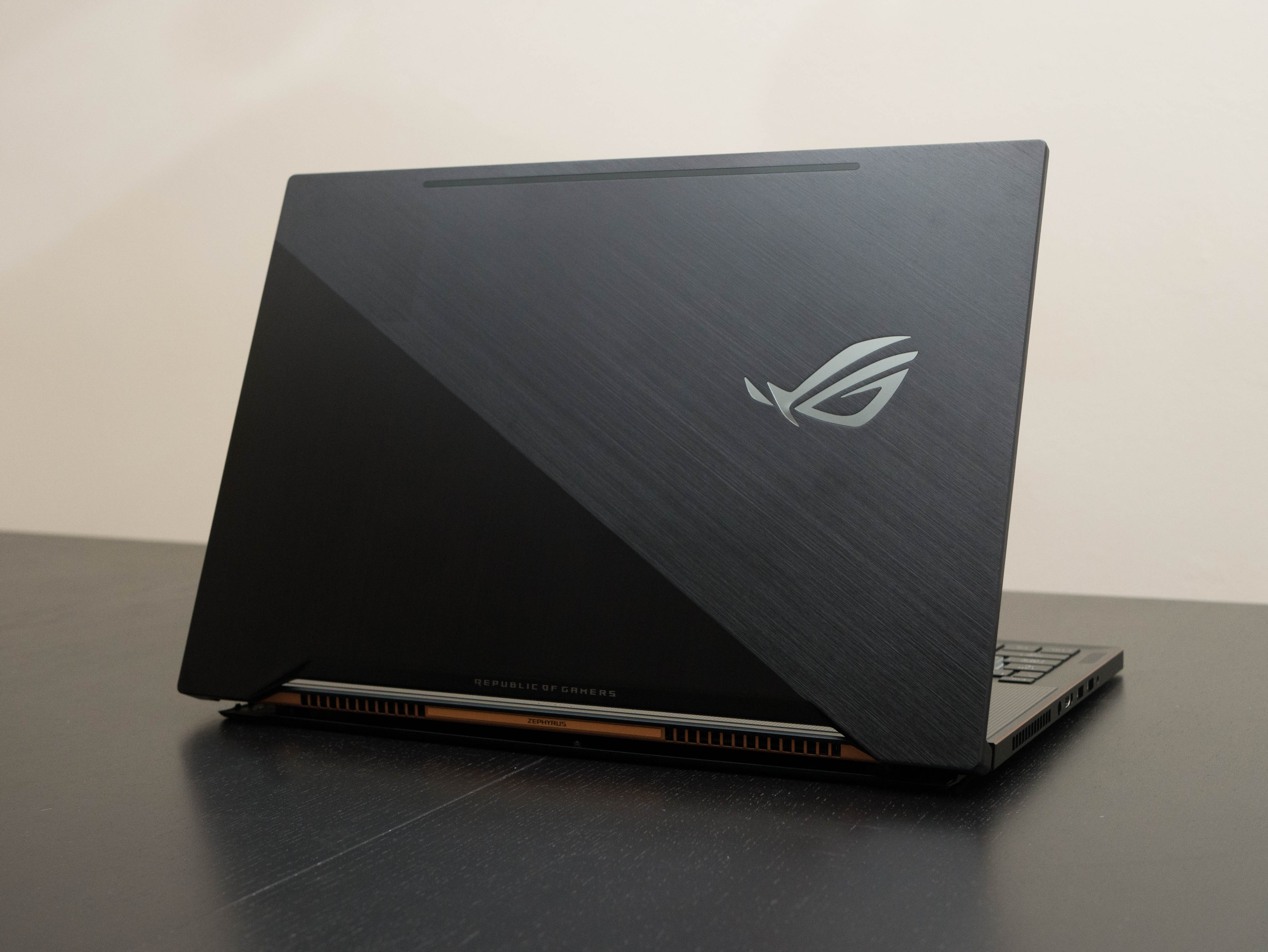
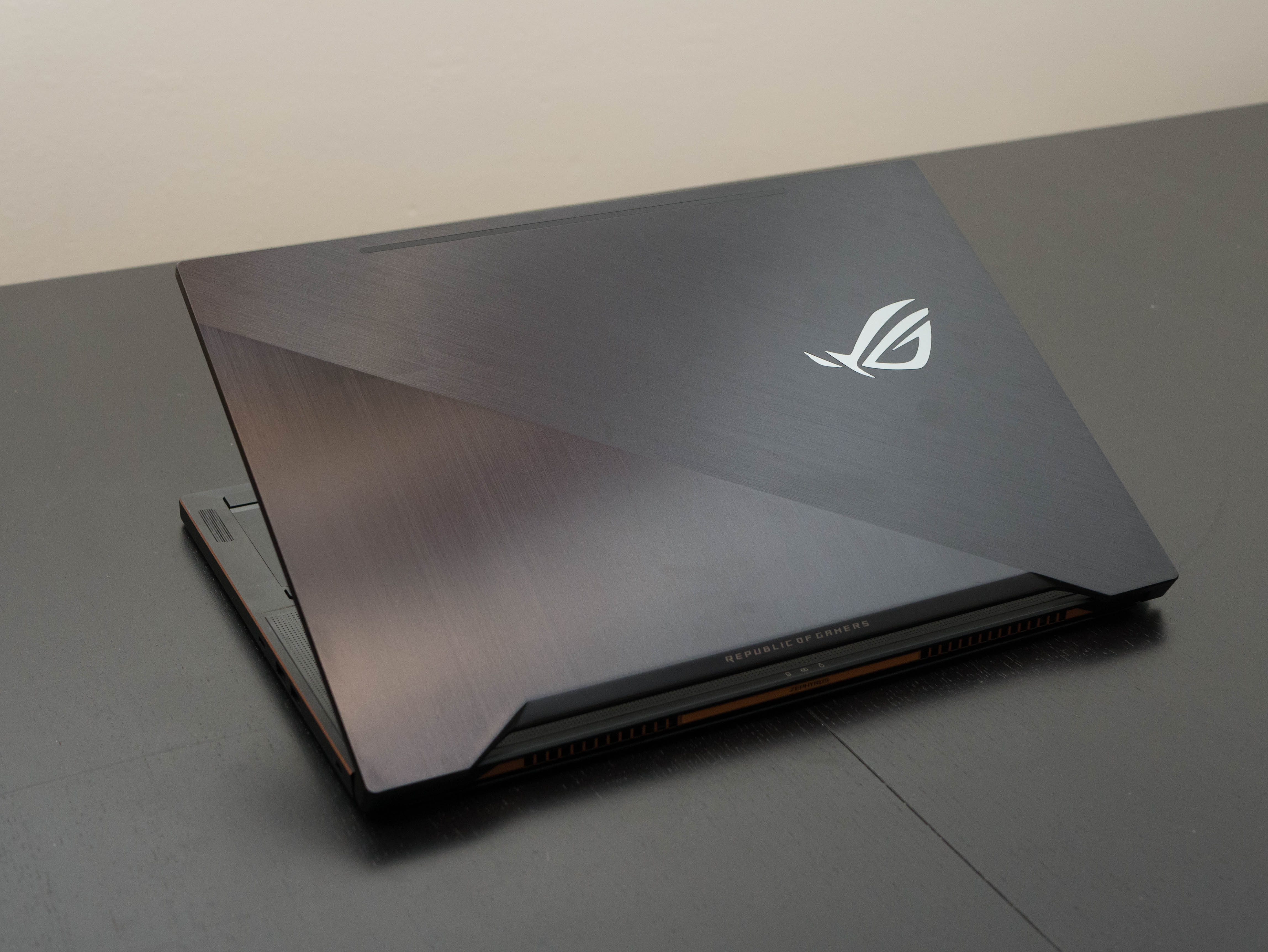
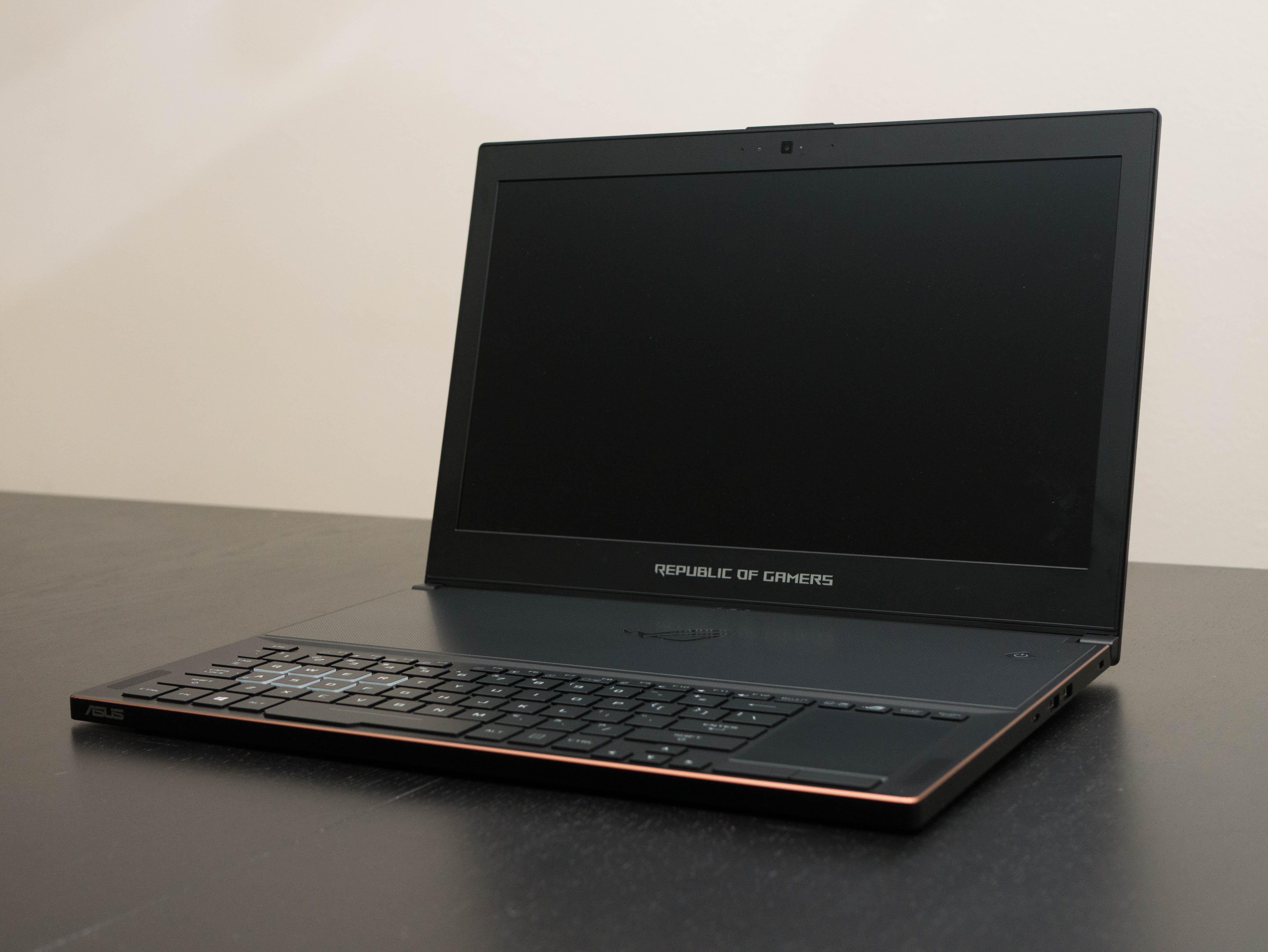
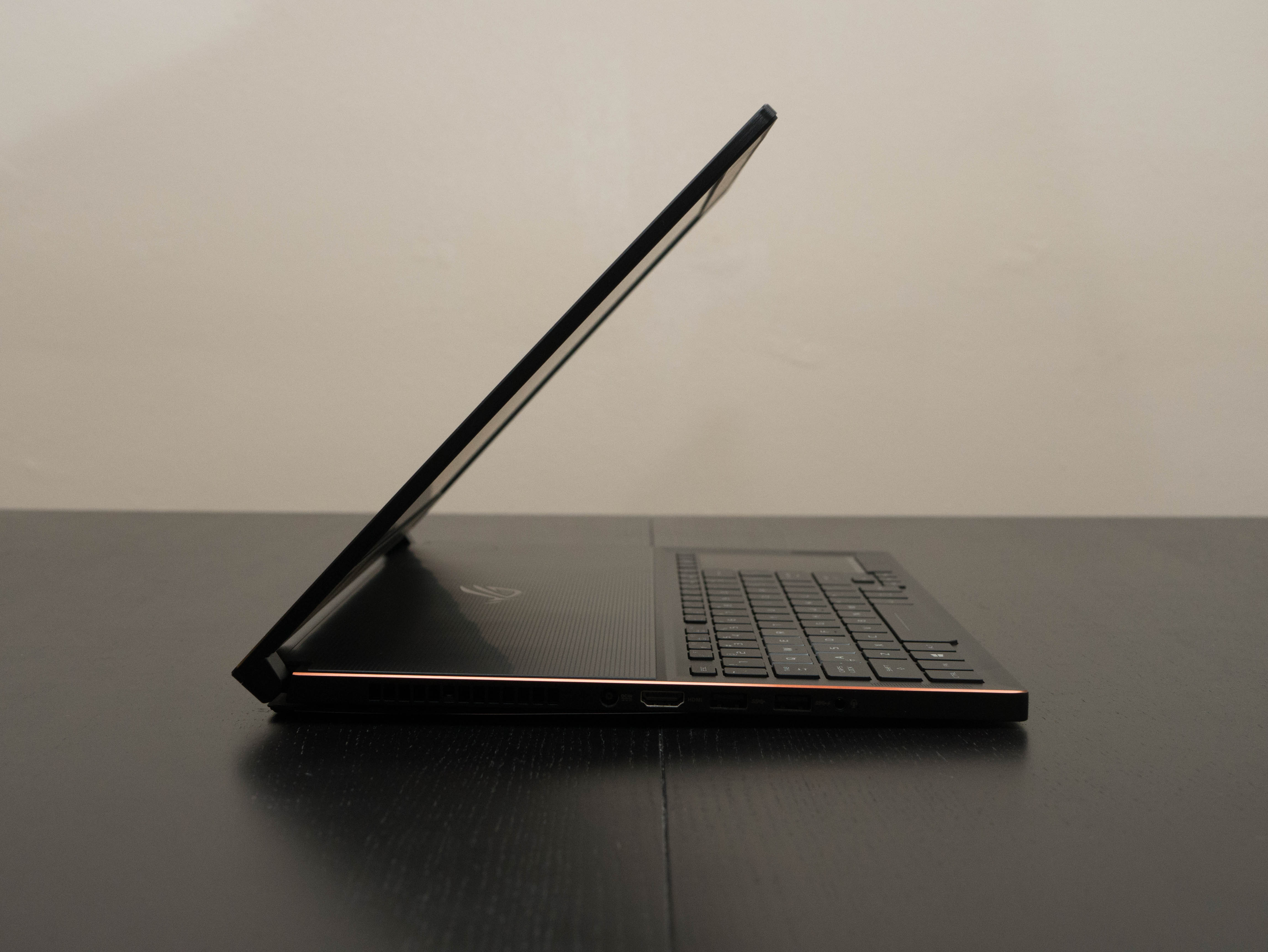
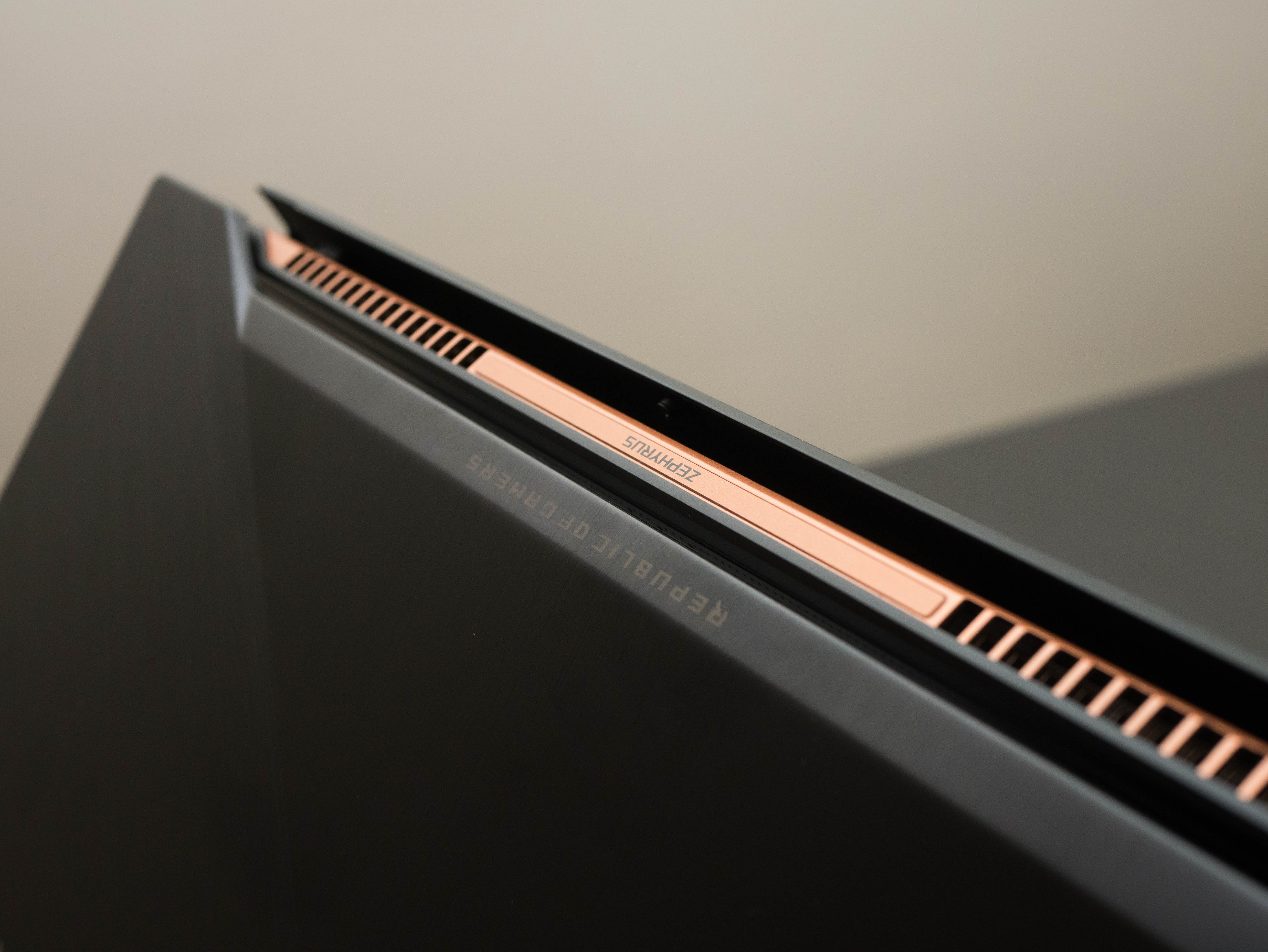
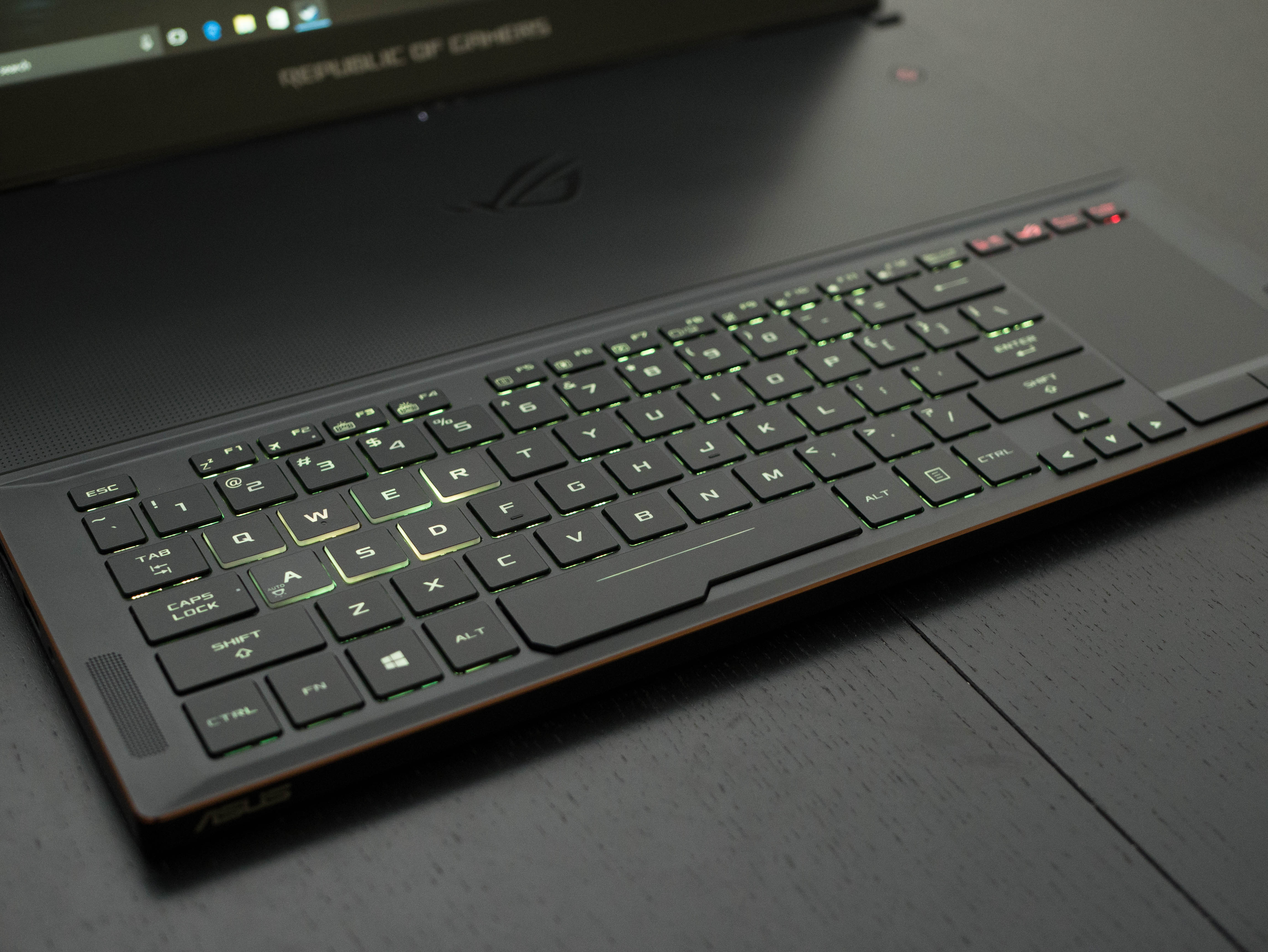
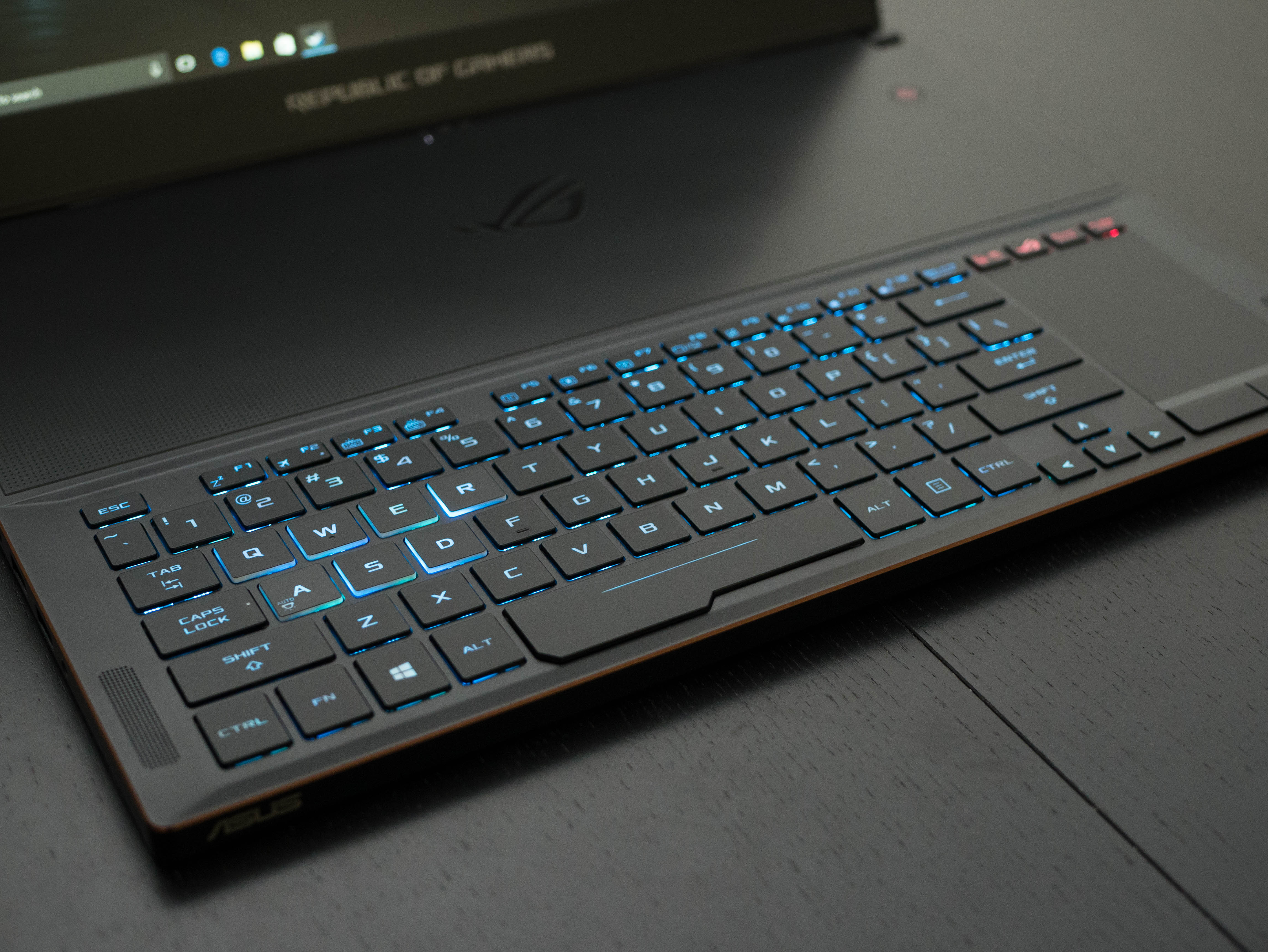
The Zephyrus performed well during our synthetic tests for the most part. 3DMark scores weren’t as high as those for the Eurocom Tornado F5, which has an Intel Core i7-7700K, but the Zephyrus’s GTX 1080 picked up the slack, besting the GTX 1070-based Alienware 15. The Asus laptop’s greatest downfall is in the Cinebench’s OpenGL test, where it suffered at the hands of the Alienware system. However, the Zephyrus outscored the Alienware in the CompuBench test, where it even secured a win over the formidable MSI GT73VR Titan SLI 4K. Storage speeds were fairly average, although the Asus 512GB Samsung SM951 exhibited an impressive 128K sequential read speed.
The GTX 1080 with Max-Q design proved its worth during our gaming tests, which helped the Zephyrus deliver performance within reach of the Tornado F5, at least in GPU-bound games. Nvidia's guidance suggests a Max-Q 1080 GPU will perform between 72 - 83% of a non-Max-Q GTX 1080 GPU. For us, the Zephyrus performance was about 83% what the Tornado F5 offered at FHD and around 86% at UHD (once again, we'll remind you that the Eurocom also has the desktop-class Core i7-7700K CPU, which plays a role as well). For a laptop of this size, we found the results to be impressive. Remember, too, that a typical GTX 1080 will have a 150W TDP, whereas the Max-Q versions will be 90-110W.
Thin-and-light laptops traditionally have outstanding battery life, while powerful systems consume lots of power. The Zephyrus performs well, is definitely svelte, and while it gets more battery life than the Tornado F5, it fell a bit short of our expectations, lasting barely over 70 minutes during our battery rundown test. But this is primarily because the slim Zephyrus doesn’t have space for a large battery, like the Eurocom system does.
On the thermal side of the equation, the Zephyrus performed warmer than the competition, maxing out at 79° C during our stress tests. This by no means dangerous territory, but it is hotter than the other laptops we're comparing here (9°C more than the Eurocom). Luckily, the thermal solution is separated on the top half while the keyboard and touchpad are on the bottom half, so while the Zephyrus components can get quite toasty, you are less likely to feel it.
Finally, the Zephyrus display is accurate all around, with low Delta E errors on greyscale and color, and decent RGB balance, as well as solid contrast ratios.
And there you have it. The Asus ROG Zephyrus is the first Max-Q-based laptop to arrive in our lab, and so far we’re impressed. Appearance-wise, it’s everything we could ask for in a modern gaming laptop. It’s sleek. It’s sexy. It’s understated. If you were to whip this out at your local coffee shop, fellow gamers will take notice, and your average passerby will see it as a sleek ultrabook, unaware of just how much power it’s packing. You can carry the Zephyrus shamelessly in public, and it’s slim size and light weight won’t impede you from doing so.
Get Tom's Hardware's best news and in-depth reviews, straight to your inbox.
Nvidia suggests that laptops equipped with Max-Q GPU designs shouldn’t cost more. Be prepared to drop $2,700 for the GTX 1080-based Zephyrus. No matter how you spin it, that’s quite a bit to ask for a gaming laptop, but compared to the competition it isn’t outrageous. The Eurocom Tornado F5 is priced a bit higher at $3,100 due to its i7-7700K, and the MSI Titan SLI is priced even higher still at $3,600.
We found an Acer Predator 17 with an i7-7700HQ and a GTX 1080 for $2,000 on Microcenter, although it only has 8GB of memory and a 256GB SSD. On Newegg, we found an Alienware 17 and an MSI GT73VR Titan Pro equipped with i7-7820HKs and GTX 1080s for $2,800 and $2,900, respectively. We also found a Sager NP9172 with an i7-7700K and a GTX 1080 for $2,780. Unfortunately, laptop manufacturers tend to pair the GTX 1080 with higher end, overclockable CPUs; these easily drive the prices up to $3,000 and more, so we’re glad to find that the Zephyrus cost is kept relatively low because of its mobile Core i7 CPU, and it fits snugly into this price range.
The Asus ROG Zephyrus is a good first step in the thin, light, and powerful direction, and we look forward to seeing how other vendors implement Max-Q designs.
MORE: Best Gaming Laptops
MORE: Gaming Laptop Previews
MORE: All Laptop Content
-
icepick314 I recently purchase Razer Blade Pro with 2TB SSD option. Even with slight discount at 5%, it still came out to $4655.Reply
It has touch screen 4K which is a nice addition and so far I can play most games in 4K with details toned down or 1080 with most options in max details upto 60FPS (screen is only 60Hz with G-Sync).
The 2 complaints I have are the noise which can get REALLY loud with high pitch whirring sound and the heat coming through the top but you can't get away from physics. The laptop is around 1" thick and it houses i7-7820HK and GTX1080 so it has to spin fans fast to cool down and the chasis is machined aluminum.
I would love to see comparison between Razer Blade Pro with 1080 screen and any of the new Max-Q laptops as Razer has been doing ultrathin portable workstation and thin power laptops for years. -
drwho1 $2,699 is out of reach for many users including myself. I think that the cost of a notebook for most people consider is between $800-$1400.Reply -
CarbonBased I already have a 1080ti based system. For my use, this is redundant, I wouldnt spend this much on a laptop for any reason. I would love something like this, but with a 1050ti or a 1060 in it. This Asus, or a Razer Blade "Max-Q" with a 1060 inside would be perfect. Great performance, without stepping on the toes of the larger machine, and a cheaper price point to boot.Reply -
ThatoldGuy This laptop is confused on what it is. If they wan'ted to be portable, they needed at least 6 hrs of battery.Reply
What is the point of being so light? this thing is a desktop replacement in disguise. You can't use it on battery, and with that keyboard, forget using it on the train, plane, or even your lap. Need T-REX arms to type like that.
Basically they have made an ultra portable desktop replacement, of which there are better choices in that category
@tom's hardware: It seems that every reviewer forgets to test a laptop as a laptop... I.E. put it on your lap and type something up. So many glossing over this keyboard position because they only use it on desk -
CarbonBased Nailed it. If I wanted this type of performance, Id pay less and buy an MSI Dominator, which has better thermals without having to throttle the card. If I want ultraportable, Id buy something where the bottom of the laptop doesnt expose itself, it seems like its just made to sit on the table whenever youre using it. Make it this thin, with the improved thermal considerations, and use a 1060, so it can be close to silent, and under 5 pounds. I could see myself buying it then.Reply
This, it comes a bit too close to what a truly high end desktop costs, and to my eyes that clever venting mechanism is not going to cut it for anyone but the LIGHTEST of travelers. Its an ultrportable that needs to be tethered to a desk or table for best use. While I'm sure the keys themselves feel nice, the ergonomics make it impossible to use as a laptop, unless you have the unholy combination of the longest thighs AND the shortest arms the world has ever seen.
However, I really like the touchpad on the side and would welcome it on a more traditional layout. Like the Blade Pro, minus the fan while and +3k price tag.
19884190 said:This laptop is confused on what it is. If they wan'ted to be portable, they needed at least 6 hrs of battery.
What is the point of being so light? this thing is a desktop replacement in disguise. You can't use it on battery, and with that keyboard, forget using it on the train, plane, or even your lap. Need T-REX arms to type like that.
Basically they have made an ultra portable desktop replacement, of which there are better choices in that category
@tom's hardware: It seems that every reviewer forgets to test a laptop as a laptop... I.E. put it on your lap and type something up. So many glossing over this keyboard position because they only use it on desk
-
kawatwo Until you can replace GPUs in laptops can you ever really have "overkill"? I like 1080P screens just for the future proofing as most people don't upgrade their laptop every two years. This looks awesome, if a bit pricey. Under 2 thousand dollars would have been nice. I'm sure there will be some for that with lesser build quality.Reply -
Thruxton999 The bottom is removable ... I've already upgraded to 24 GB of ram ... replaced single 8GB with a 16 GB.Reply
And I've upgraded the SSD to the Samsung 960 Pro 1TB
To get cover off after removing screws you need to pop it up at the side near where the monitor hinges -
robrob80 ASUS was smart to drop the price at the last moment to $2,699 from the $2,999 they originally planned. Considering that Acer came out with a Predator Triton 700 for $2,999 that had a viewing window above the keyboard, I can see why they decided to lower price. The keyboard in the front of the palmrest is very odd and difficult to get accustomed to. They did underclock the GPU 30% and now the gaming playback is only 10%-15% faster than the GTX 1070 that is inside the lighter 3.96lb MSI GE63VR Raider-001. I would say to go with the MSI instead but its too pricey too at $2399. Gaming laptops with GTX 1070 can be had for as low as $1399-$1499 (check out Microcenter's constant deals on ASUS GL502VS). Therefore, I don't see why customers would want to pay so much more money just to save 1-1.5 pounds. Even if the GPU was a GTX 1080 that wasn't overclocked, wouldn't you want the screen to be better than FullHD? I would think a FullHD 120Hz screen would bottleneck performance for most games and it would be better then to go with a 17in gaming laptop that has QHD 120Hz.Reply